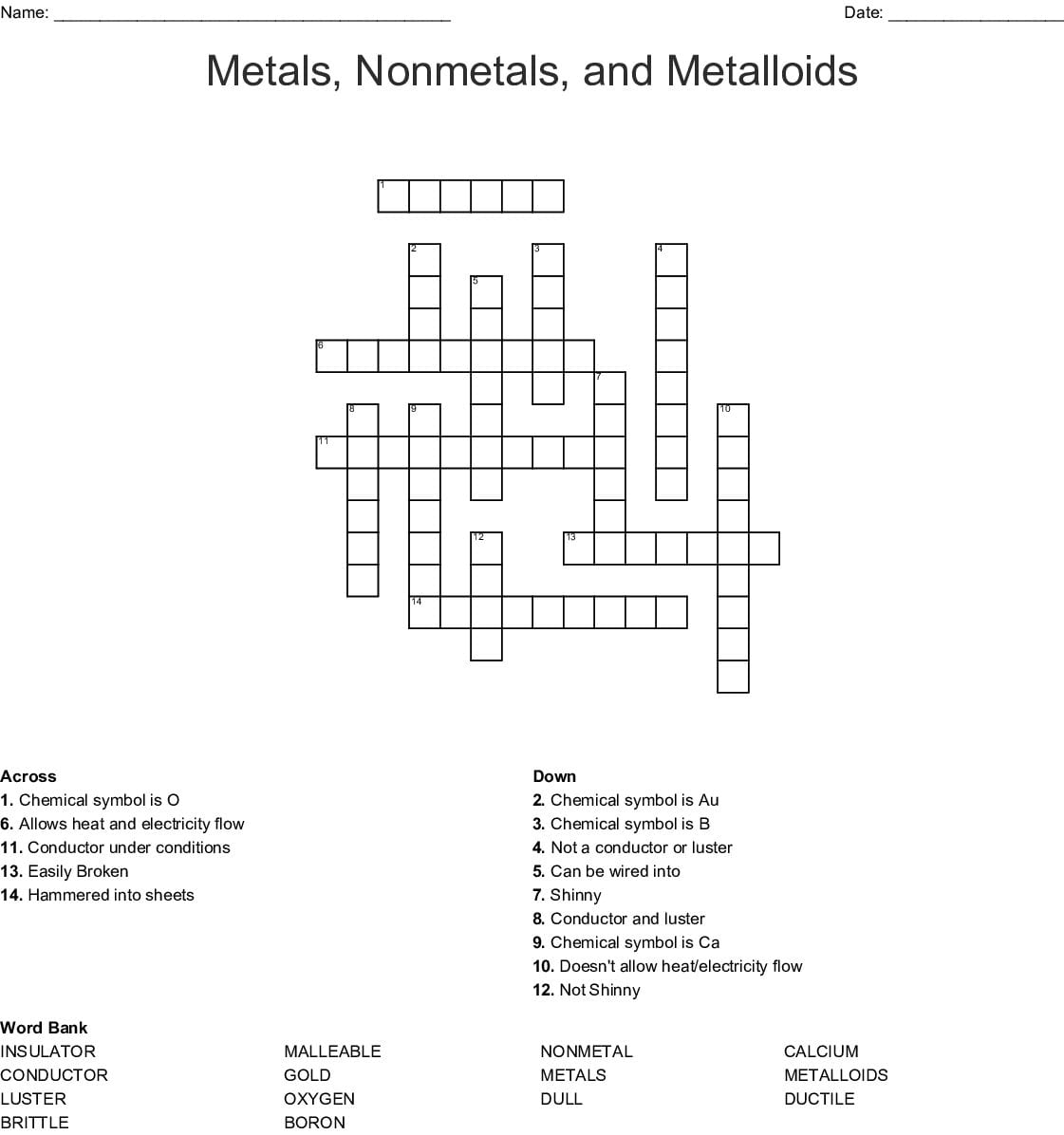

This is unusual ionization energies generally fall going down a group, as an element's outer electrons become more distant from the nucleus, and more shielded by smaller orbitals. The sum of lead's first and second ionization energies-the total energy required to remove the two 6p electrons-is close to that of tin, lead's upper neighbor in the carbon group. Physical properties Atomic Ī lead atom has 82 electrons, arranged in an electron configuration of 4f 145d 106s 26p 2.

Lead's toxicity was first documented by ancient Greek and Roman writers, who noted some of the symptoms of lead poisoning, but became widely recognized in Europe in the late 19th century. It damages the nervous system and interferes with the function of biological enzymes, causing neurological disorders ranging from behavioral problems to brain damage, and also affects general health, cardiovascular, and renal systems. Lead is a devastating and persistent neurotoxin that accumulates in soft tissues and bones. These properties, combined with its relative abundance and low cost, resulted in its extensive use in construction, plumbing, batteries, bullets and shot, weights, solders, pewters, fusible alloys, white paints, leaded gasoline, and radiation shielding. Lead's high density, low melting point, ductility and relative inertness to oxidation make it useful. In 2014, the annual global production of lead was about ten million tonnes, over half of which was from recycling. Lead played a crucial role in the development of the printing press, as movable type could be relatively easily cast from lead alloys. Lead production declined after the fall of Rome and did not reach comparable levels until the Industrial Revolution. Interest in silver helped initiate widespread extraction and use of lead in ancient Rome. Galena is a principal ore of lead which often bears silver. Since lead is easily extracted from its ores, prehistoric people in the Near East were aware of it. Like the lighter members of the group, lead tends to bond with itself it can form chains and polyhedral structures. Exceptions are mostly limited to organolead compounds. Compounds of lead are usually found in the +2 oxidation state rather than the +4 state common with lighter members of the carbon group.

Its weak metallic character is illustrated by its amphoteric nature lead and lead oxides react with acids and bases, and it tends to form covalent bonds. Lead is a relatively unreactive post-transition metal. Lead is toxic, even in small amounts, especially to children. Lead has the highest atomic number of any stable element and three of its isotopes are endpoints of major nuclear decay chains of heavier elements. It tarnishes to a dull gray color when exposed to air. When freshly cut, lead is a shiny gray with a hint of blue. Lead is soft and malleable, and also has a relatively low melting point. It is a heavy metal that is denser than most common materials. Lead is a chemical element with the symbol Pb (from the Latin plumbum) and atomic number 82.


 0 kommentar(er)
0 kommentar(er)
